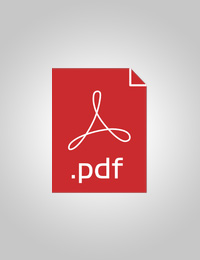
Final Evaluation for Wetlands Portfolio - National
Completedon 31 May, 2019
Evaluation Plan
Planned End Date
Apr 2019
Evaluation Type
Project
Management Response
Yes
Evaluation Budget
$35,000
Evaluation Title
Final Evaluation for Wetlands Portfolio - National
Atlas Project Number
00069198
Plan Period
Status
Completed
Type
Project
Plan Date
30 Apr, 2019
Completion Date
31 May, 2019
Budget
$35,000
Expenditure
$35,000
Management Response
Yes
Quality Assessment
Yes
Joint Programme
No
Joint Evaluation
No
GEF Evaluation
Yes
Expand
Stakeholders
Ministry of Environment
Countries
China
Atlas Project Number
00069198
Plan Period
Status
Completed
Type
Project
Management Response
Yes
Plan Date
30 Apr, 2019
Quality Assessment
Yes
Completion Date
31 May, 2019
Joint Programme
No
Joint Evaluation
No
Budget
$35,000
GEF Evaluation
Yes
Expand
Expenditure
$35,000
Stakeholders
Ministry of Environment
Countries
China
Output 1.4.1 Solutions scaled up for sustainable management of natural resources, including sustainable commodities and green and inclusive value chains
Goal 15. Protect, restore and promote sustainable use of terrestrial ecosystems, sustainably manage forests, combat desertification, and halt and reverse land degradation and halt biodiversity loss
15.1 By 2020, ensure the conservation, restoration and sustainable use of terrestrial and inland freshwater ecosystems and their services, in particular forests, wetlands, mountains and drylands, in line with obligations under international agreements
1: Others


